
How to Use BME/BMP280: Examples, Pinouts, and Specs
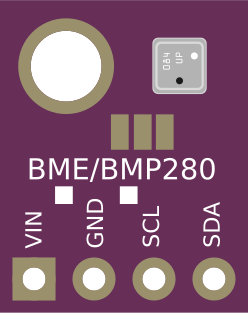
 Design with BME/BMP280 in Cirkit Designer
Design with BME/BMP280 in Cirkit DesignerIntroduction
The BME/BMP280 sensor is a precision sensor from Bosch that is designed to measure barometric pressure, temperature, and in the case of the BME280, humidity. These sensors are widely used in environmental monitoring, weather stations, indoor navigation, fitness trackers, and various IoT applications due to their small form factor, low power consumption, and excellent accuracy.
Explore Projects Built with BME/BMP280
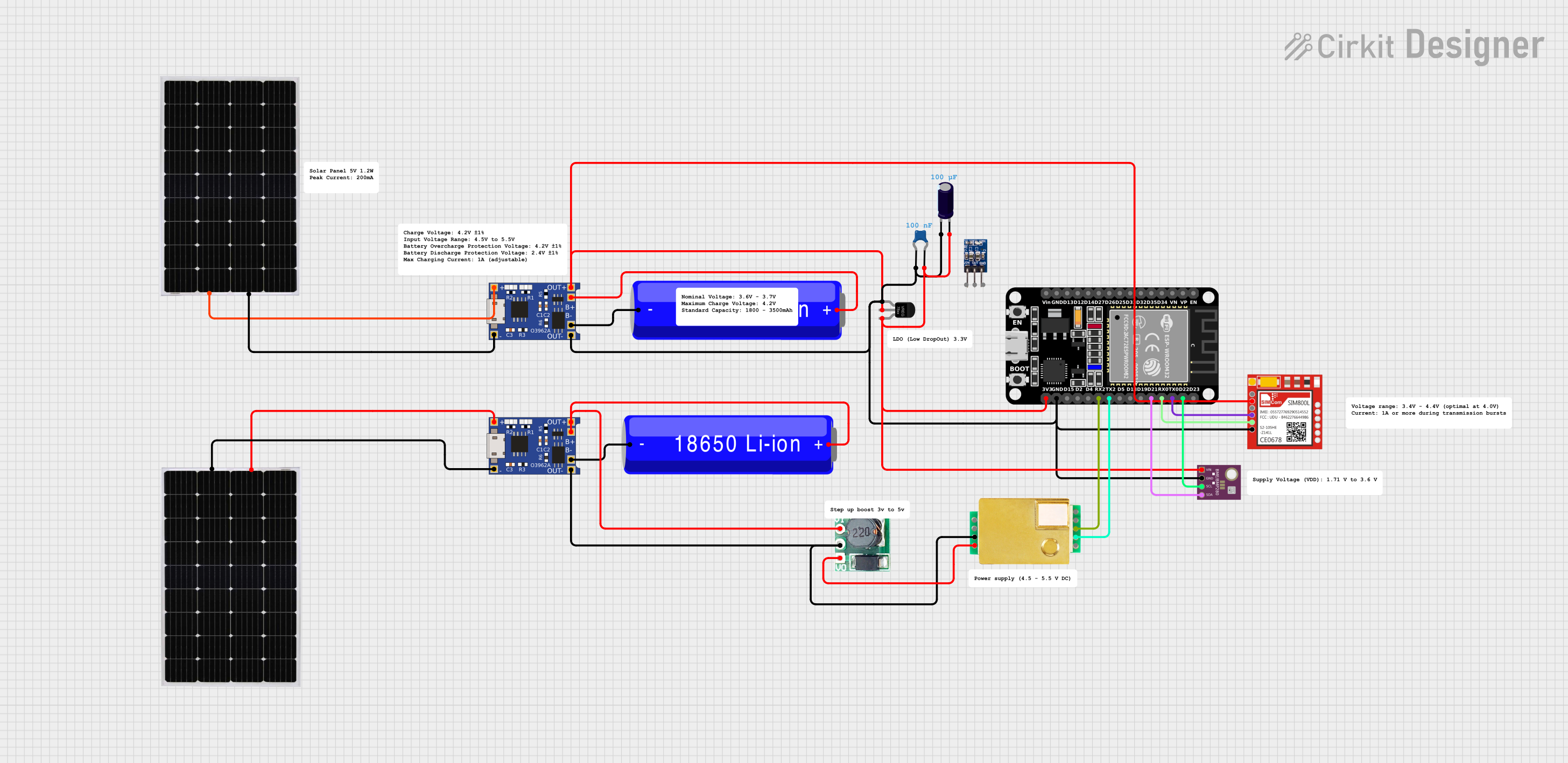
 Open Project in Cirkit Designer
Open Project in Cirkit Designer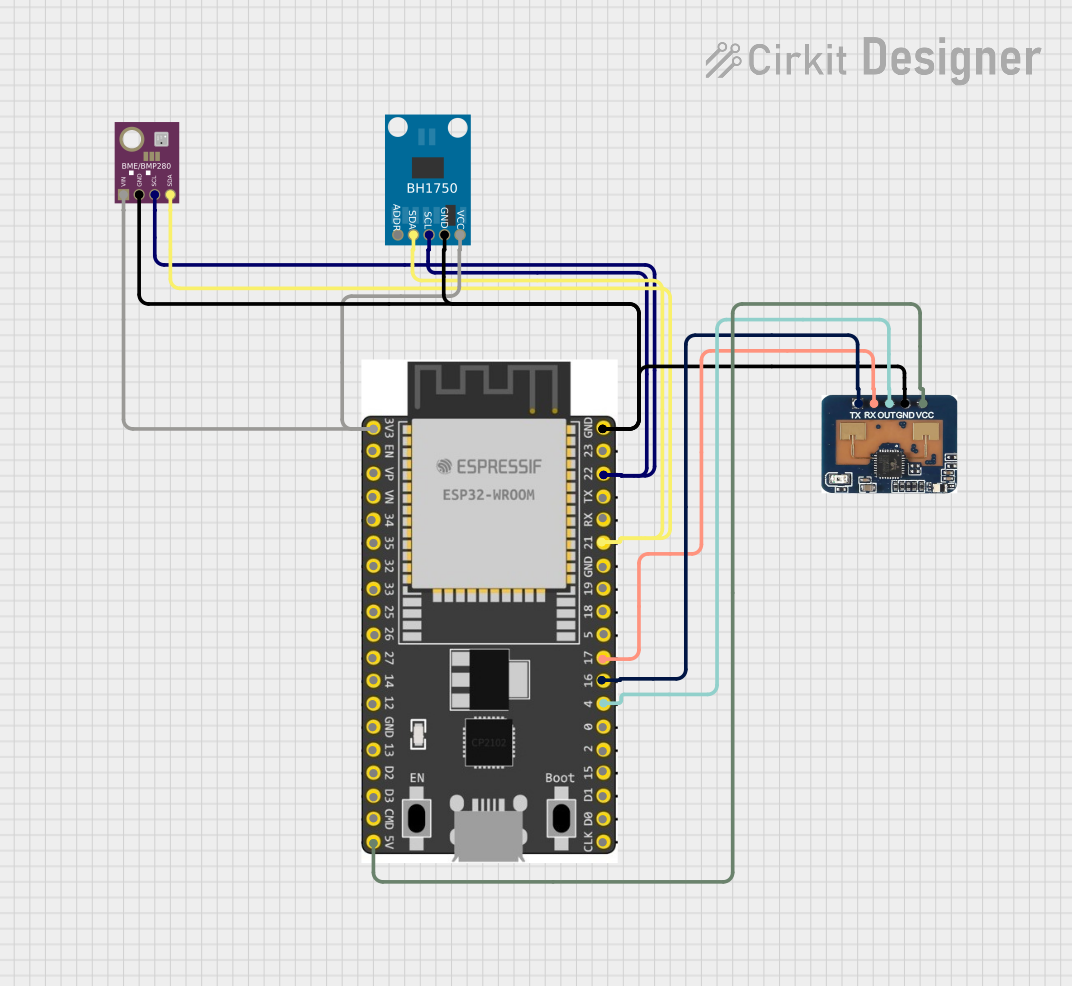
 Open Project in Cirkit Designer
Open Project in Cirkit Designer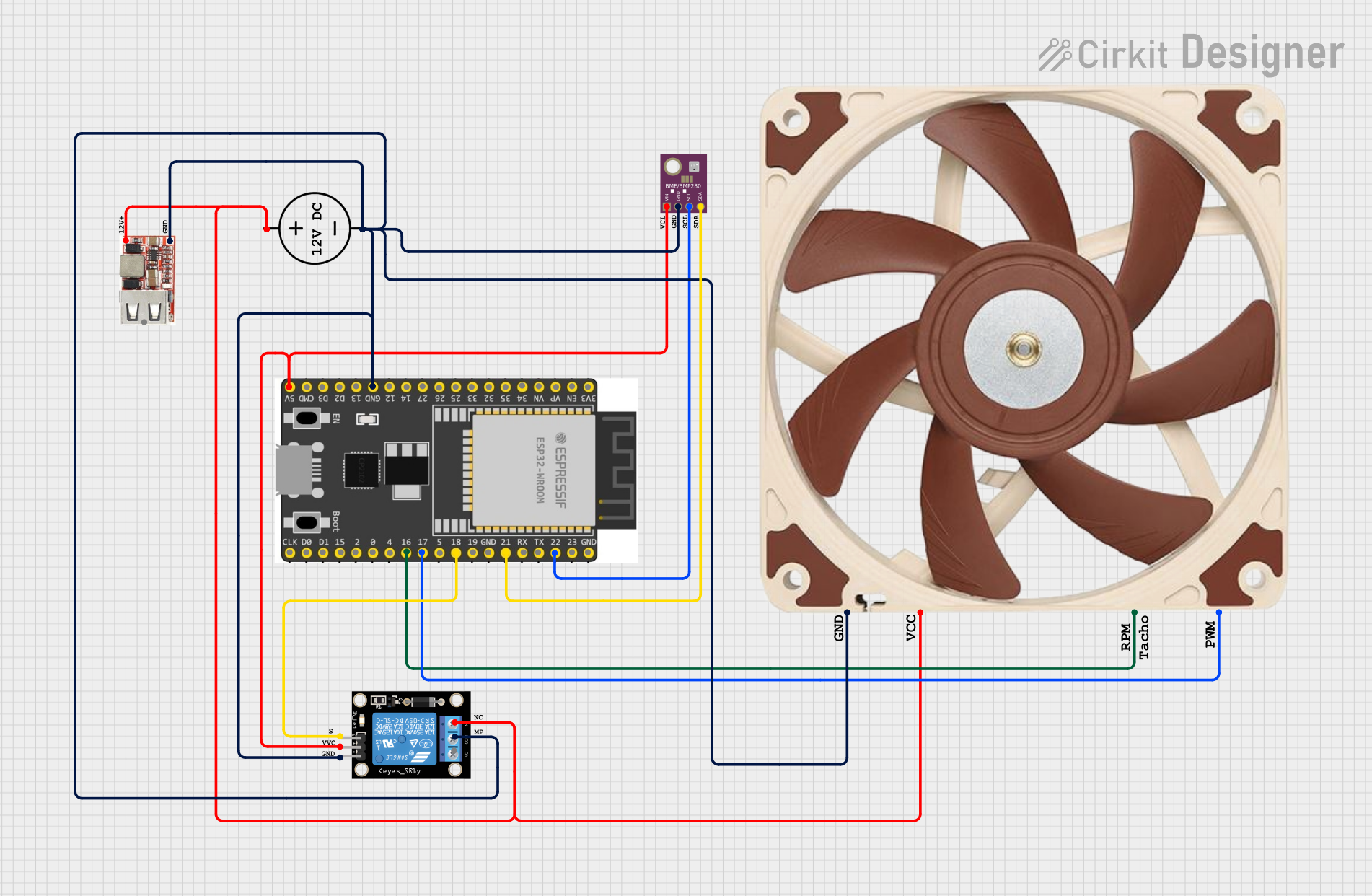
 Open Project in Cirkit Designer
Open Project in Cirkit Designer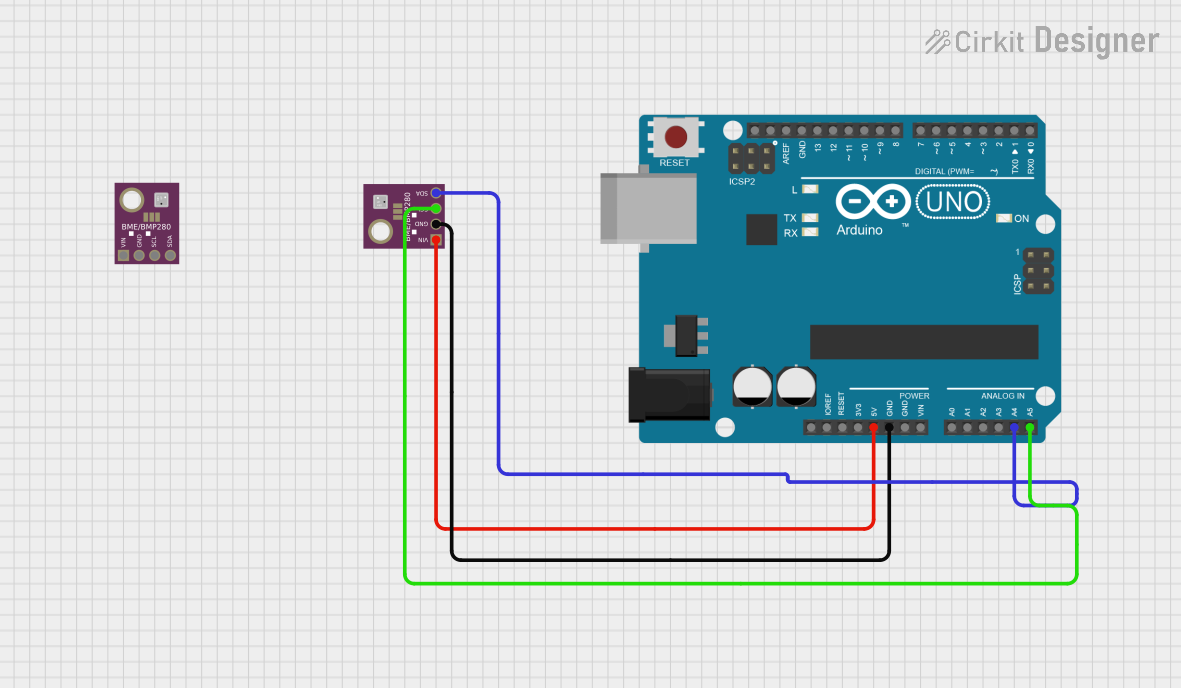
 Open Project in Cirkit Designer
Open Project in Cirkit DesignerExplore Projects Built with BME/BMP280

 Open Project in Cirkit Designer
Open Project in Cirkit Designer
 Open Project in Cirkit Designer
Open Project in Cirkit Designer
 Open Project in Cirkit Designer
Open Project in Cirkit Designer
 Open Project in Cirkit Designer
Open Project in Cirkit DesignerTechnical Specifications
Key Technical Details
- Supply Voltage (VDD): 1.71 V to 3.6 V
- Interface: I²C (up to 3.4 MHz) and SPI (up to 10 MHz)
- Operating Range (Pressure): 300 hPa to 1100 hPa (equivalent to +9000m to -500m above/below sea level)
- Operating Range (Temperature): -40°C to +85°C
- Relative Humidity (BME280 only): 0% to 100%
- Accuracy (Temperature): ±1.0°C
- Accuracy (Pressure): ±1 hPa (or ±0.12m)
- Accuracy (Humidity, BME280 only): ±3% relative humidity
Pin Configuration and Descriptions
| Pin Number | Name | Description |
|---|---|---|
| 1 | VDD | Power supply voltage |
| 2 | GND | Ground |
| 3 | SDO | Serial Data Out for SPI, MSB for I²C address |
| 4 | SDI | Serial Data In for SPI, I²C data |
| 5 | SCK | Serial Clock for SPI, I²C clock |
| 6 | CSB | Chip Select for SPI, active low |
| 7 | SDO | Serial Data Out for SPI, LSB for I²C address |
| 8 | VDDIO | Interface voltage |
Usage Instructions
Integration with a Circuit
To use the BME/BMP280 sensor in a circuit:
- Connect the VDD pin to a power supply within the specified range (1.71 V to 3.6 V).
- Connect the GND pin to the ground of the power supply.
- For I²C communication, connect the SDI (SDA) and SCK (SCL) pins to the corresponding I²C data and clock lines.
- For SPI communication, connect the SDI, SDO, SCK, and CSB pins to the corresponding SPI lines.
- Optionally, connect the VDDIO pin if a different IO voltage level is required for the interface.
Best Practices
- Use pull-up resistors on the I²C data and clock lines.
- Keep the power supply stable and free of noise.
- Place the sensor away from heat sources to avoid false temperature readings.
- Use proper decoupling capacitors close to the sensor's power supply pins to minimize power supply ripple.
Example Code for Arduino UNO
Below is an example of how to read data from the BME/BMP280 sensor using an Arduino UNO with the I²C interface.
#include <Wire.h>
#include <Adafruit_Sensor.h>
#include <Adafruit_BME280.h>
Adafruit_BME280 bme; // I2C
void setup() {
Serial.begin(9600);
if (!bme.begin(0x76)) { // Address 0x76 or 0x77 (SDO pin low or high)
Serial.println("Could not find a valid BME280 sensor, check wiring!");
while (1);
}
}
void loop() {
Serial.print("Temperature = ");
Serial.print(bme.readTemperature());
Serial.println(" *C");
Serial.print("Pressure = ");
Serial.print(bme.readPressure() / 100.0F);
Serial.println(" hPa");
Serial.print("Humidity = ");
Serial.print(bme.readHumidity());
Serial.println(" %");
delay(2000); // Wait for 2 seconds between measurements
}
Ensure that the BME/BMP280 library is installed in the Arduino IDE before uploading this code to the Arduino UNO.
Troubleshooting and FAQs
Common Issues
- Sensor not detected: Check the wiring, ensure that the sensor is powered, and that the I²C address is correct.
- Inaccurate readings: Verify that the sensor is not placed near heat sources or that it's not being affected by the heat generated by other components.
- No humidity data: Remember that the BMP280 does not measure humidity; only the BME280 does.
Solutions and Tips
- Wiring issues: Double-check connections and use a multimeter to ensure continuity.
- Power supply: Ensure that the power supply is within the specified range and stable.
- Pull-up resistors: If using I²C, make sure pull-up resistors are connected to the SDA and SCL lines.
FAQs
Q: Can I use multiple BME/BMP280 sensors on the same I²C bus? A: Yes, you can use two sensors on the same I²C bus by using different I²C addresses (0x76 and 0x77).
Q: How can I calibrate the sensor? A: The BME/BMP280 sensors are factory-calibrated, but for critical applications, you can perform additional calibration using known reference values.
Q: What is the power consumption of the sensor? A: The BME/BMP280 sensors have very low power consumption, typically less than 1 µA in sleep mode.
For further assistance, consult the manufacturer's datasheet and application notes.